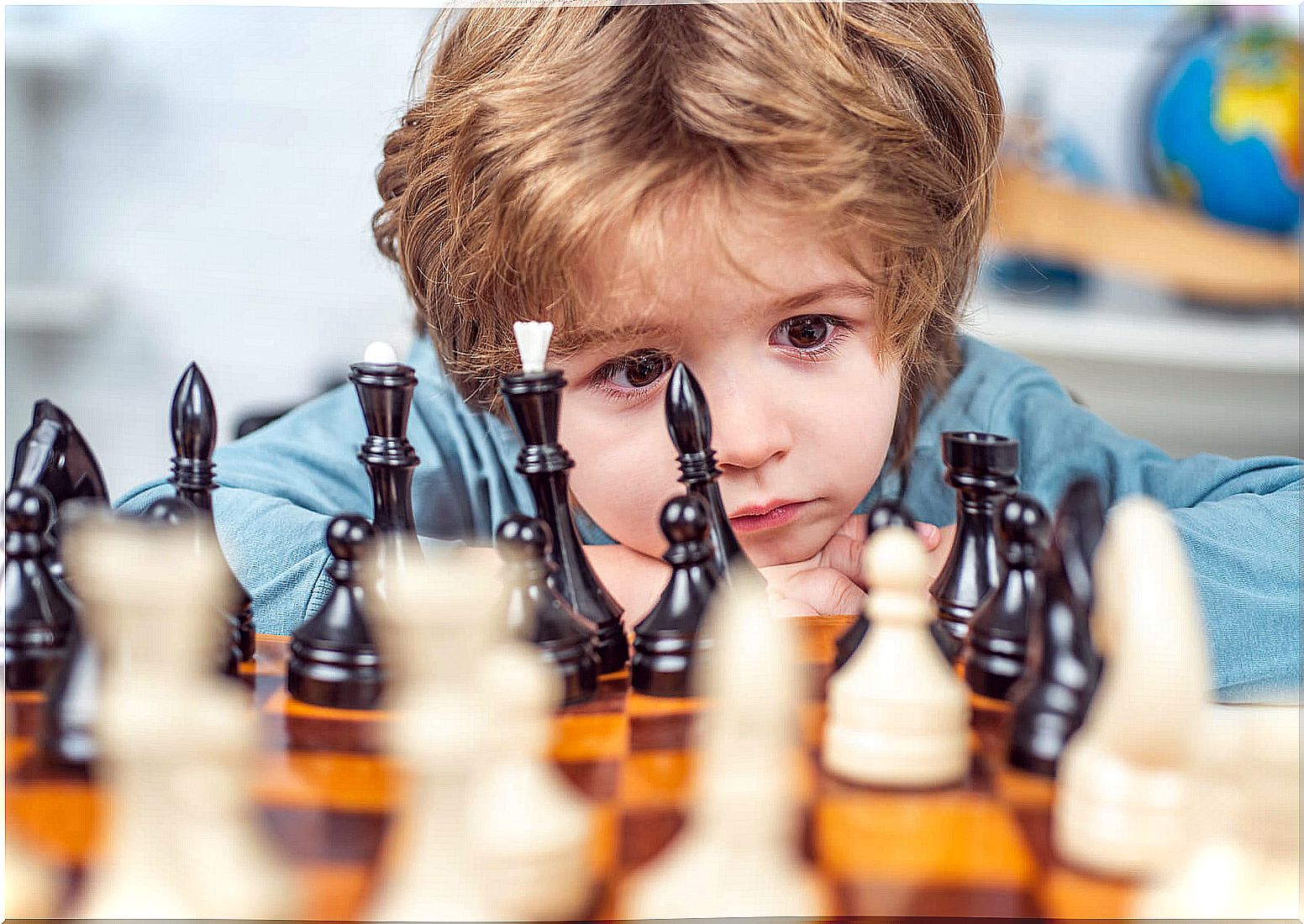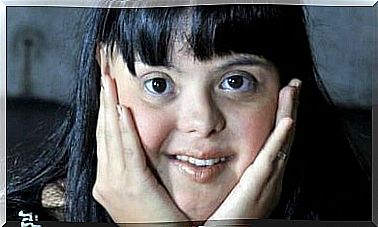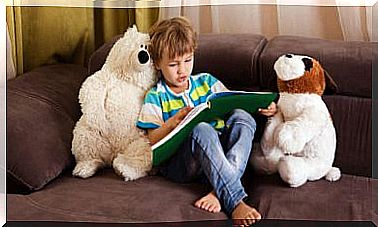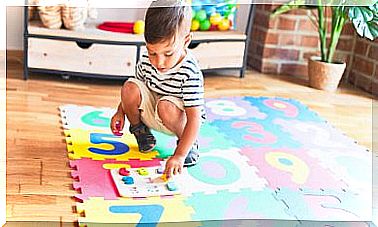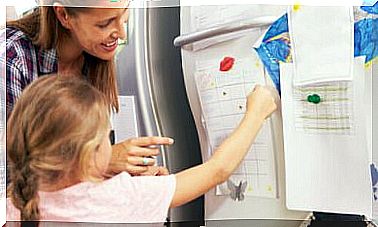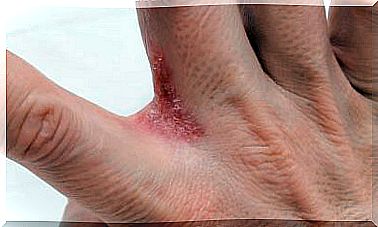10 Free Movement Activities For Young Children
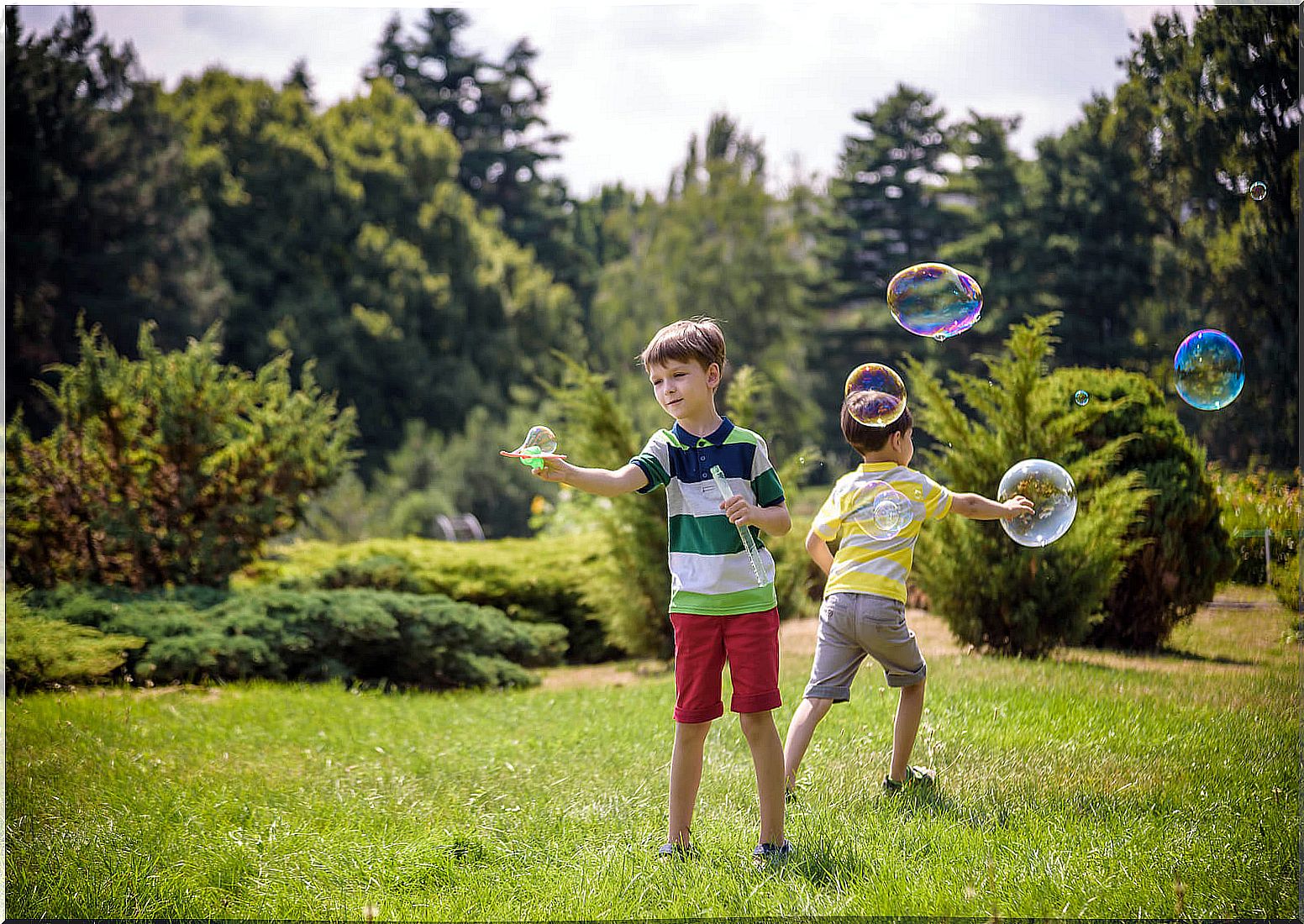
Play and free movement for young children is essential for their development and growth. Therefore, it is essential that parents take this into account so that children, in addition to having fun playing as a family, also develop correctly.
Next, we are going to talk about some free movement activities for young children that they will be happy to do with you. Take note of all of them!
Free motion games
Here are some fun activity ideas for kids to try at home or at school. You don’t need any fancy equipment and you can improvise with many objects that you can find at home or outdoors.
1. The croquette
You can imagine with your children that you are croquettes or wooden logs that slide through a meadow. To do this, enjoy with your children rolling on the ground or on the grass. Also, move your hands sideways and twist.
Rolling is good for coordinating the muscles of the back, neck, shoulders, hips, and for developing strength. If you have a sloping garden or can find a grass bench in a park, rolling downhill is a lot of fun and a great movement activity.
Also, you can place a blanket on the grass, hold one end, then ask your child to lie on the other end, roll onto the mat, and go out again.
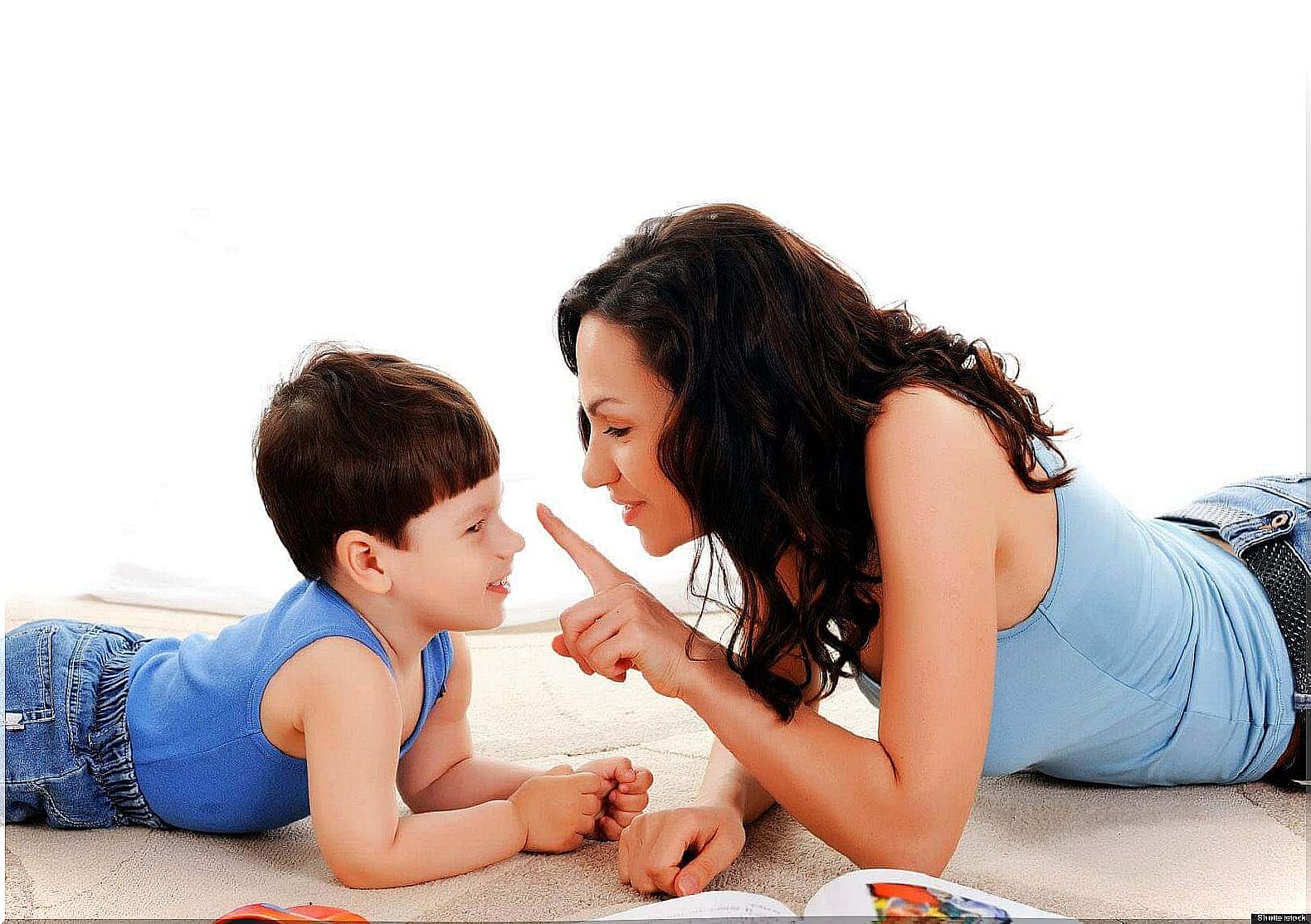
2. Who am I?
This activity promotes fantasy play and thinking skills, along with building gross motor skills. In this sense, choose different animals and pretend to move like them. Take turns guessing which animal the other person is. Try suggesting different categories to make it more challenging, like jumping, flying, or running animals.
Some of the creatures you can imitate are
- Turtle.
- Crab.
- Elephant.
- Dog.
- Snake.
- Butterfly.
- Rabbit.
3. Free movement: freeze!
In this version of the catch-by-catch game, the person you catch must be frozen until someone touches them and defrosts them. This is best played with the whole family or with the whole class. Chase games teach children to move their bodies in space effectively (not collide with people and objects while moving) and improve their speed and reaction time.
4. Jump on paper plates
Put some paper plates close together on the garden floor and pretend to be frogs jumping on water lilies or animals crossing the river jumping on rocks. As your child’s balance and coordination improve, spread the plates further apart and in various directions so your little one has to trace a safe path.
5. Treasure hunt
The simple act of being outdoors and running in nature is a necessary movement activity. Why not try something fun like a nature scavenger hunt? On a sheet of paper or cardboard, draw or paste pictures of objects found in nature and run around the garden or park in search of these items.
6. Jump on the ladder
A ladder is a great tool that can be used in a number of ways. You can use a gym ladder, rope ladder, or normal household ladder. Place it on the grass and jump between the steps.
Practice jumping on alternate legs and also with two legs together, which is more challenging. Jumping is an important milestone in the development of the physical. Encourage your child to walk up the side edges of a ladder for balance!
7. Free movement: jump rope
Learning to jump is an important gross motor milestone for young children. The best way to introduce this movement is by teaching your little one to jump on a moving rope. Tie a rope to a chair or other pole and, holding the other end, slowly roll it back and forth as your child jumps on it. Increase height and speed as little one improves his skill.

8. The listening game
Motion listening games involve listening carefully and remembering multiple directions. Give a series of fun guidelines, like jumping three times, running around a tree, and jumping backwards with their feet together, and see if your child can do them in the correct sequence and remember them all. Start with just two instructions for younger children and add more as the child’s age and ability allow.
9. Balance contest
Have a competition with your child and see who can balance the longest, or set a timer if you don’t want your child to lose each round and see if they can beat their own record with the previous time.
Then stand up and balance on one leg, then the other, with your eyes closed, etc. Then put a book on your heads and see how long you can keep it there while you are on one leg.
10. Free movement: trap bubbles
Kids love the thrill of chasing bubbles around the garden or the playground. This activity does not have to be reserved for young children only. Make a game and see how many bubbles your child can pop each time you blow a batch. This is great for practicing hand-eye coordination.
Finally, if you are playing with children, state that each infant must catch a bubble and that two children cannot touch the same bubble. This will work on reflexes and teach little ones to make quick decisions and move their bodies through space carefully.
We hope that these free movement activities are to your liking to complement the full development of your little ones while you spend quality time together. Let’s have fun!
